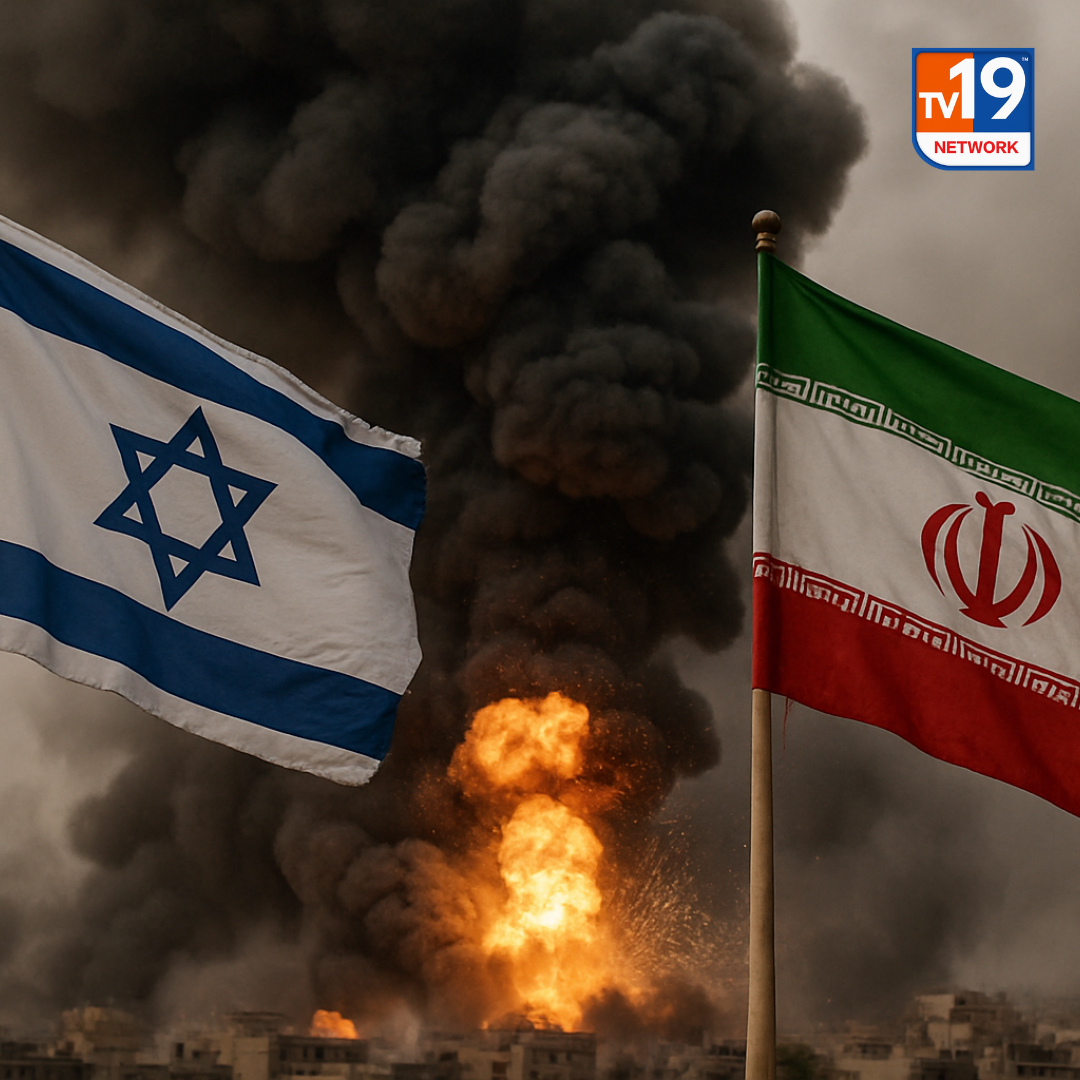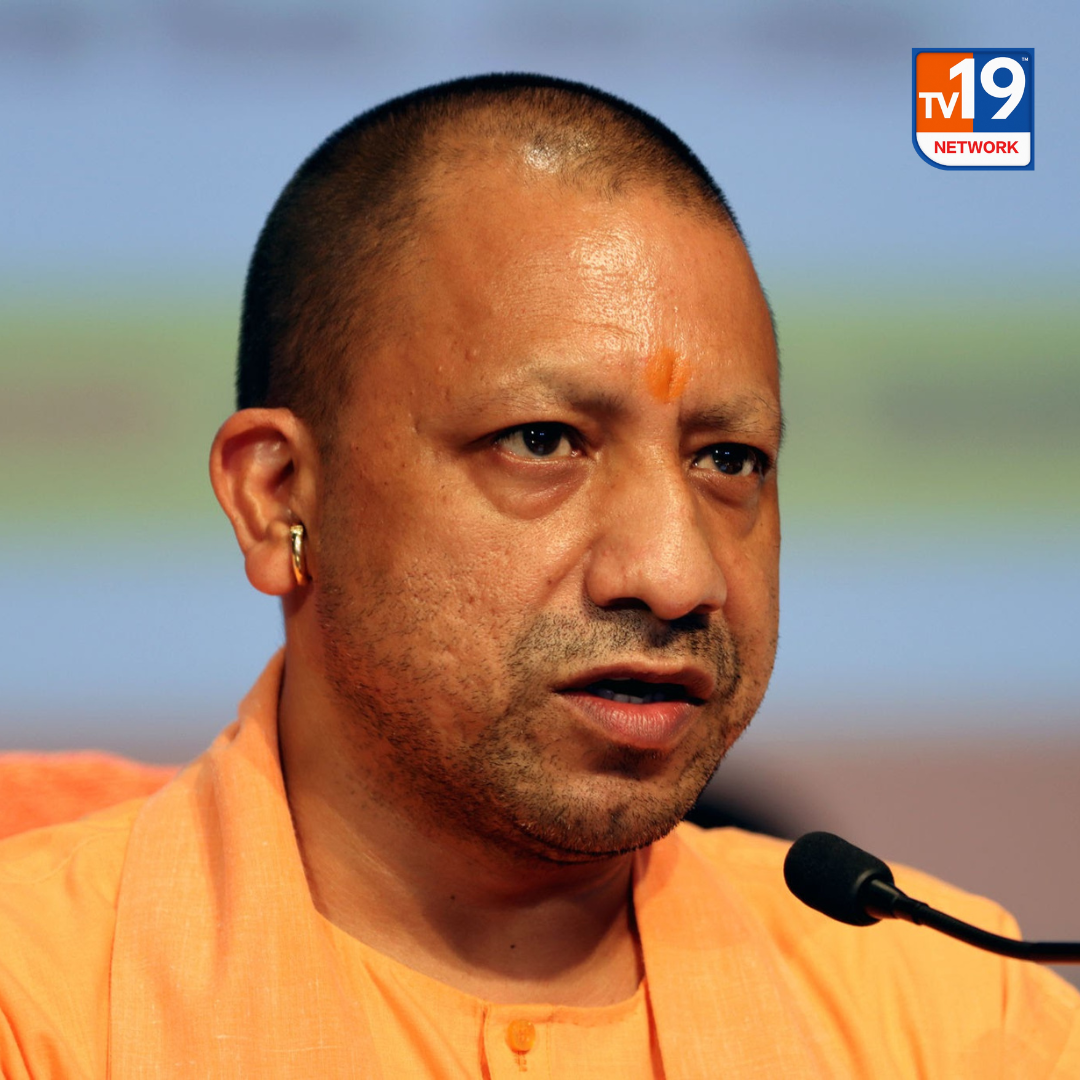Mumbai Crime Branch May Seek Custody of Tahawwur Rana After NIA Interrogation
New Delhi: Security has been tightened across several key areas in the capital as Tahawwur Rana, one of the accused in the 26/11 Mumbai terror attacks, arrived in India following his extradition from the United States on Thursday. Sources revealed that the Canadian national of Pakistani origin landed at Delhi’s Palam airport under heavy security and was immediately taken to the National Investigation Agency (NIA) headquarters in a bulletproof vehicle, escorted by an elite convoy of armoured vehicles.
The arrival of Rana marks a significant milestone in India’s pursuit of justice for the 2008 Mumbai terror attacks that left 166 people dead. His extradition from the US, where he was held for several years, was secured after prolonged legal and diplomatic efforts. The NIA will now initiate its custodial interrogation to extract further details about Rana’s involvement in the conspiracy behind the attacks. According to sources, Rana is expected to be produced before a special NIA court in Delhi, where the agency will seek his custody for further interrogation.
Security agencies are keen to uncover information that Rana may not have disclosed during his time in US custody. The objective is to build a watertight case not only against him but also to further expose the international network that facilitated the planning and execution of the 26/11 attacks. Officials believe that Rana’s interrogation could reveal critical evidence against other perpetrators who remain at large or have not yet been fully prosecuted.
Meanwhile, Mumbai Crime Branch is likely to move a plea seeking Rana’s custody after the NIA concludes its initial phase of investigation. If granted, he may be transferred to Mumbai for further interrogation specifically focused on his direct and indirect role in the attacks carried out by Lashkar-e-Taiba terrorists. In preparation, authorities have identified Barrack 12 of Mumbai’s Arthur Road Jail as a potential holding location for Rana. This is the same high-security cell where Ajmal Kasab, the lone surviving attacker from 26/11, was once kept.
Sources indicate that Barrack 12 has already been reinforced with additional security measures, including 24x7 surveillance and restricted access, anticipating Rana’s possible transfer. The decision to house him there stems from the facility’s proven capability to hold high-risk prisoners involved in terror-related cases.
Back in Delhi, the security cover around the NIA headquarters and key transit points was significantly increased in anticipation of Rana’s arrival. The Delhi Police Special Cell has been put on high alert, and SWAT commandos have been deployed at Palam airport and other sensitive locations. In addition to the bulletproof car used to transport Rana, a “marksman” vehicle has been placed on standby. This specialised armoured vehicle is designed to withstand high-intensity attacks and ensures maximum protection in the event of any security breach.
The developments surrounding Tahawwur Rana’s extradition and the subsequent investigation mark a critical phase in India's long-standing effort to hold accountable those involved in orchestrating the 2008 attacks. As the NIA begins its interrogation and with the Mumbai Crime Branch preparing its next move, all eyes are now on the legal proceedings that will follow and the revelations that may come to light in the days ahead.





